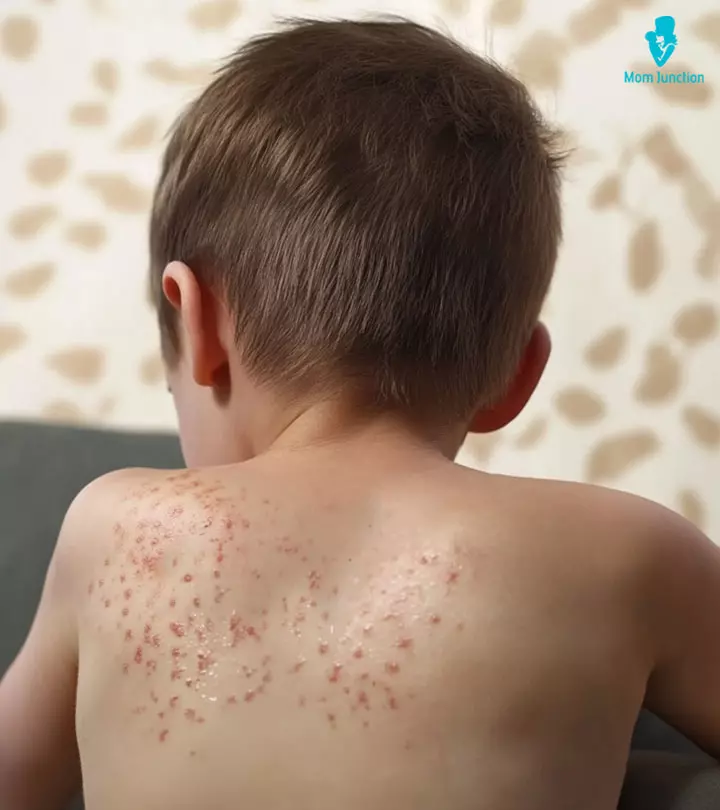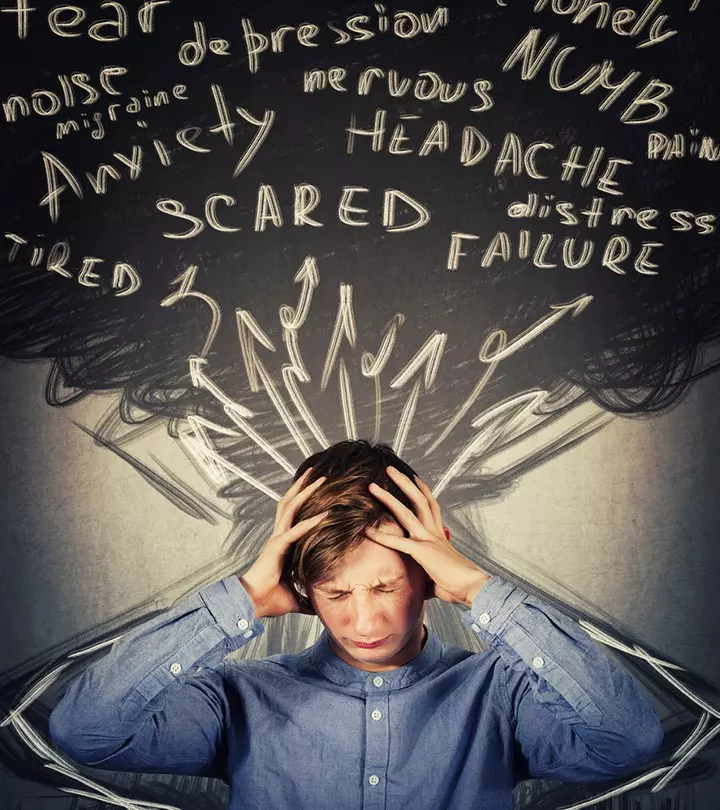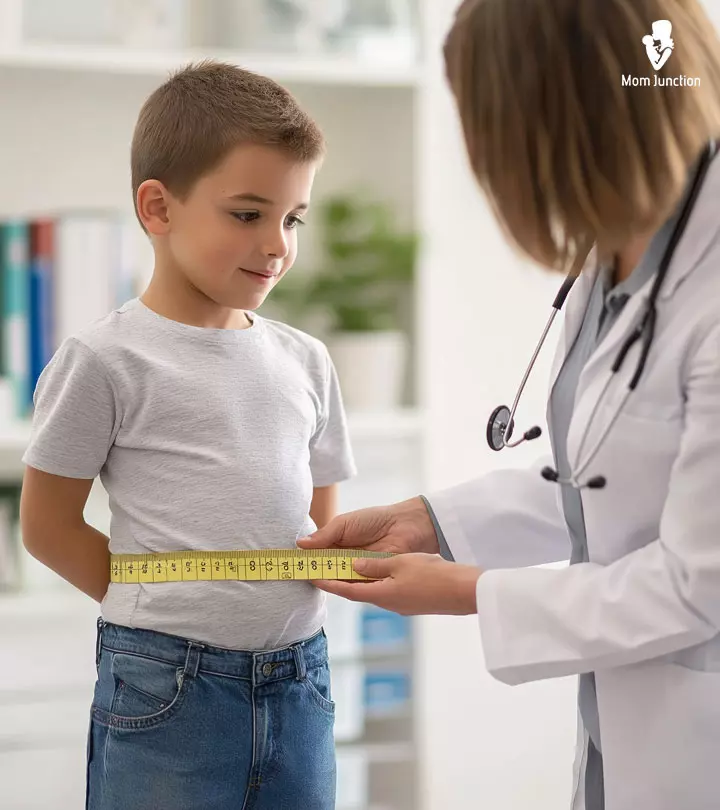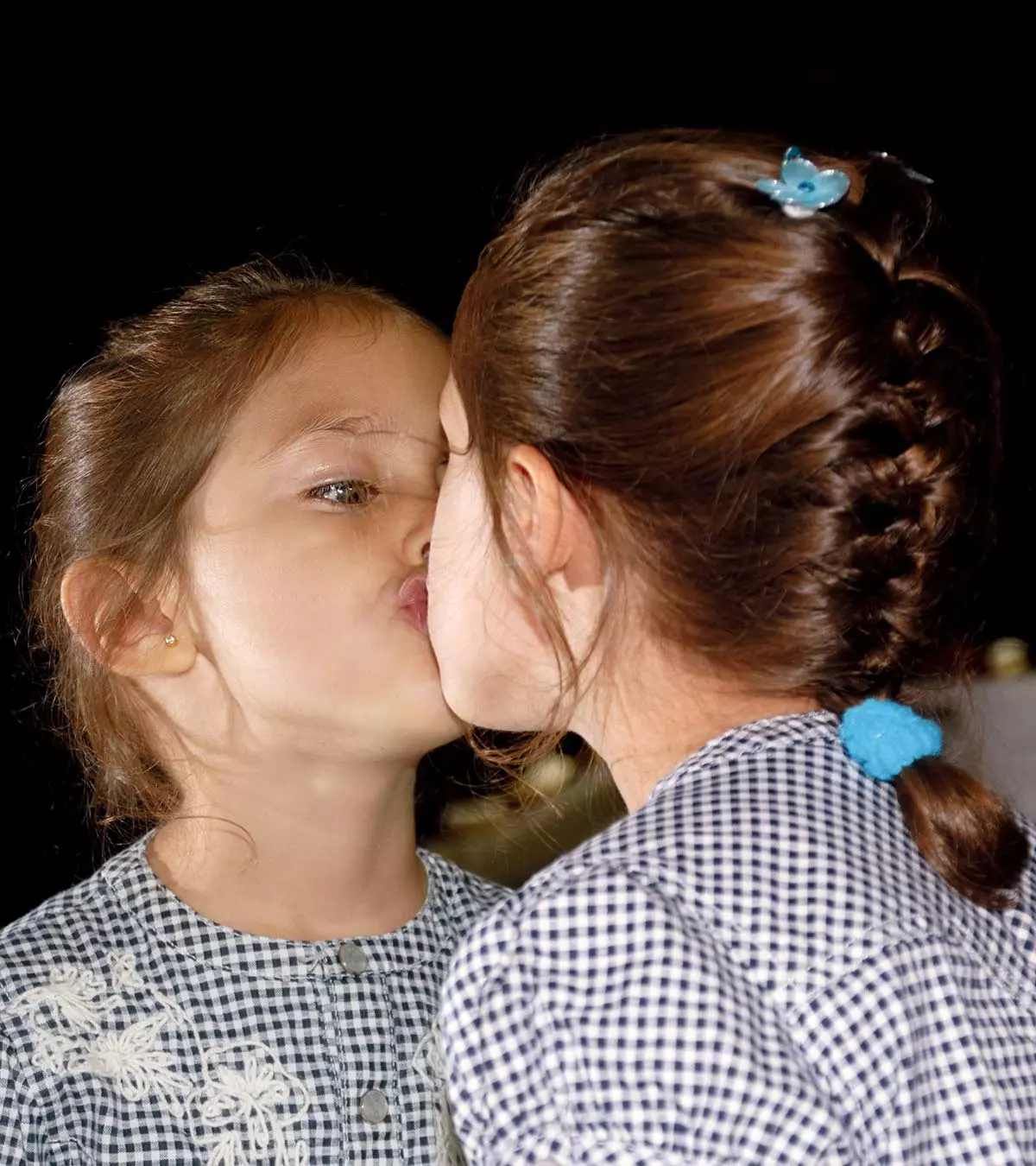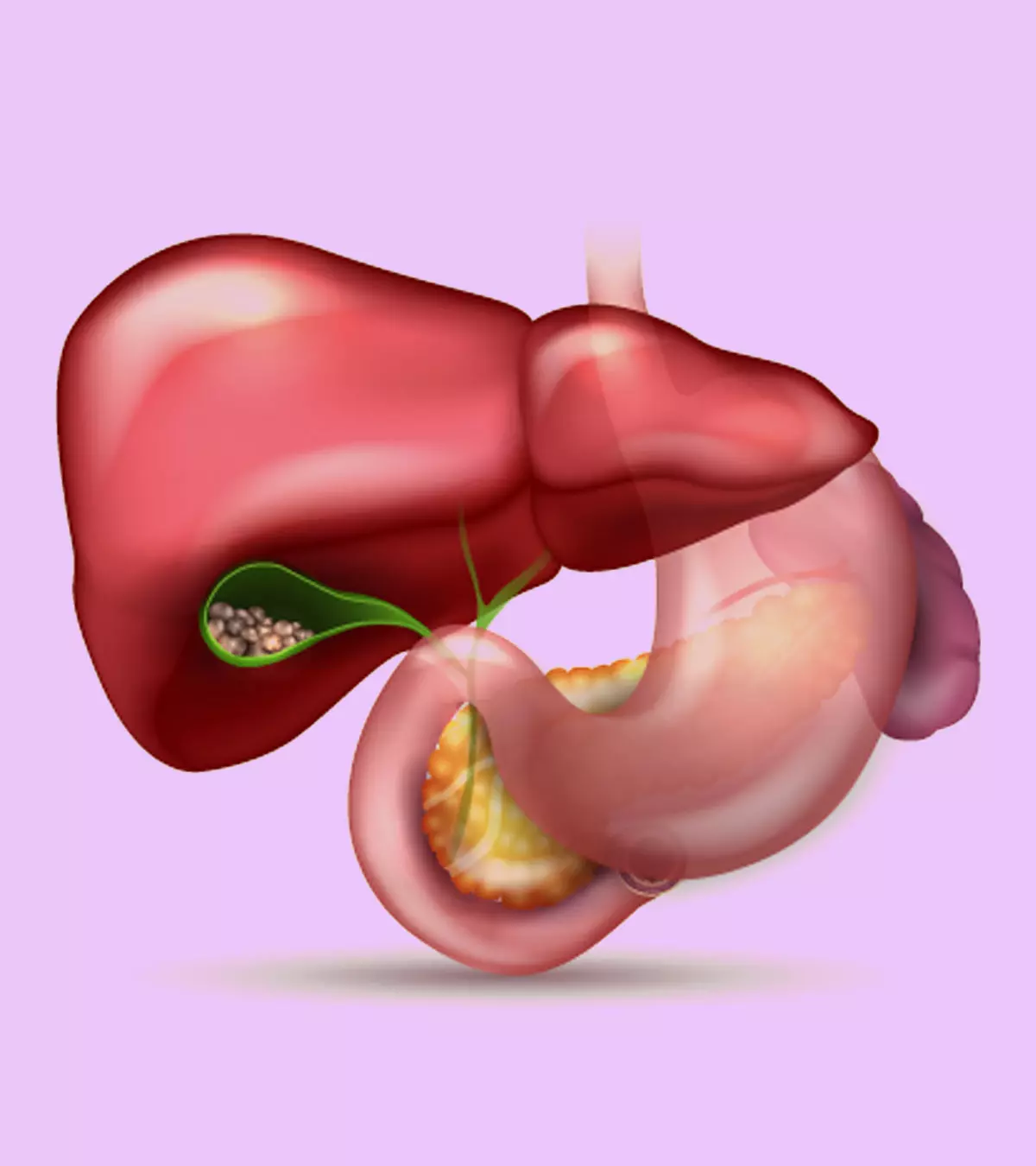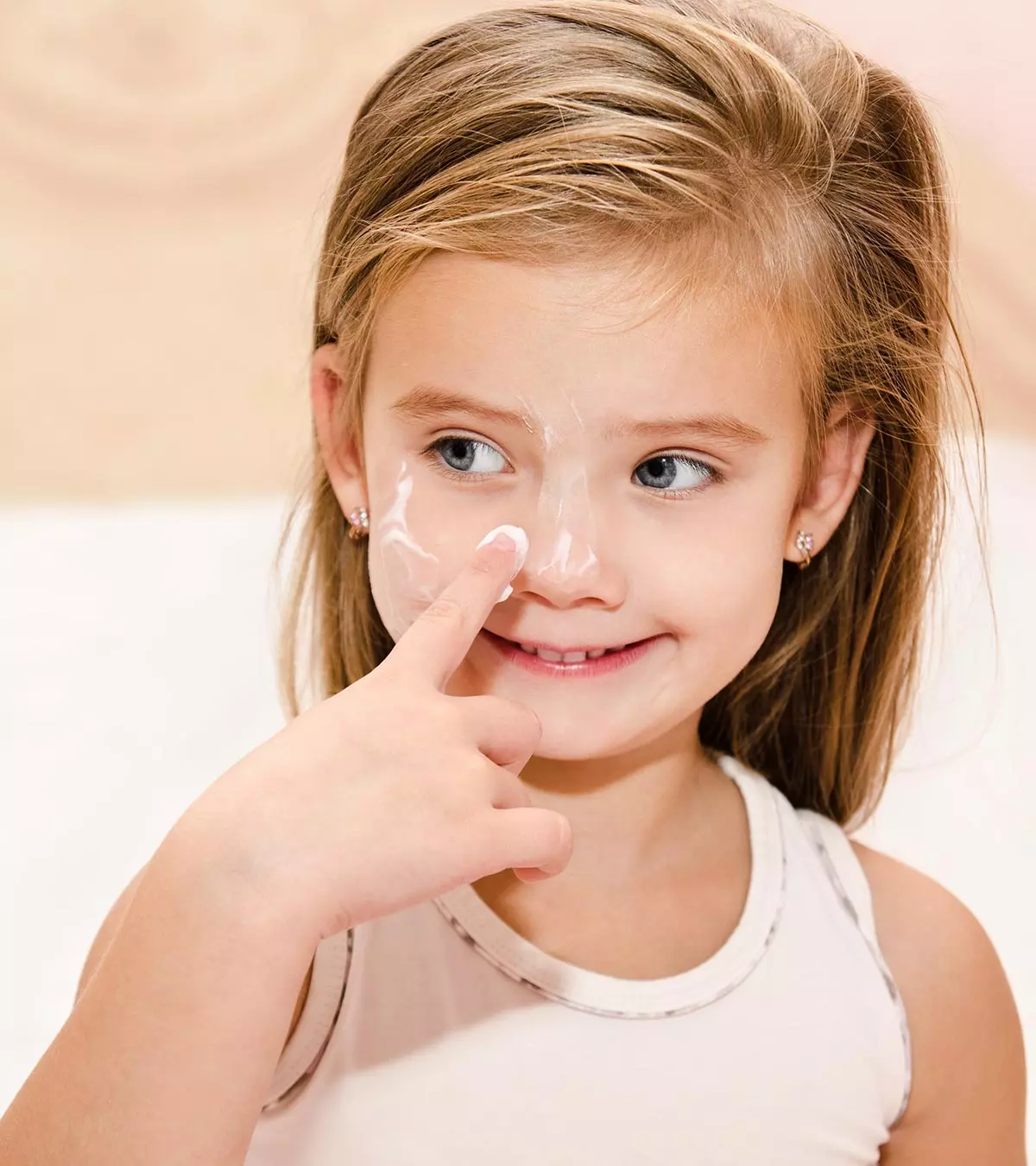
Image: ShutterStock
Parental awareness of epilepsy and seizures in teenagers plays a crucial role in handling emergencies and sticking to long-term treatment plans. Abnormal electrical activity in the brain can trigger seizures. Physical or behavioral changes range from blinking eyes to vigorous muscular spasms and consciousness loss. Seizure symptoms and their severity may vary depending on the affected brain area.
Epilepsy is a neurological disorder defined as having two or more unprovoked seizure episodes (1). A single seizure episode or a febrile seizure are not included in epilepsy disorders. These disorders can occur at any age in both boys and girls.
Read on to know more about the causes, associated symptoms, signs, diagnostic criteria and tests, treatment, and outcomes of seizures and epilepsy in teenagers.

Key Pointers
- Seizures can happen to anyone, regardless of age or gender, due to abnormal brain activity.
- Infectious diseases, neurological conditions, head injuries, brain strokes, or trauma can cause seizures in teenagers.
- Some indications of seizures include loss of bladder control, drooling, twitching movements, and tightness in specific parts of the body.
- The treatment for seizures can vary depending on the frequency and severity and may include medication or surgery.
- Approaches to prevent seizures include maintaining a regular exercise routine, treating fevers promptly, and reducing stress levels.
Causes Of Seizures In Teens
Teens may have seizures due to the following reasons (2).
- Genetic factors can contribute to one’s seizure threshold i.e., the likelihood of developing a seizure. The genetic link is explained by the involvement of similar brain areas, causing the same type of seizure in family members.
- Head trauma or injury
- Brain tumor
- Stroke
- Infectious diseases affecting the central nervous system, such as meningitisiInflammation of the protective layers and fluid that surround the brain and spinal cord , viral encephalitisiA severe and rare condition marked by an inflammation of the brain typically due to a viral infection , and AIDS.
- AutismiComplex disorders leading to neurological and developmental delays does not cause seizures but people with autism may also have seizures
- NeurofibromatosisiA rare genetic disorder where tumors (often benign) develop on the nerves causing chronic pain, weak bones, and learning disabilities
- Cerebral palsyiA set of disorders affecting a person's ability to move, balance, and maintain proper postures and other neurological disorders
 Be watchful
Be watchfulSeizure And Epilepsy
Although the symptoms, causes, diagnosis, and treatment of epilepsy and seizure are similar, these are not interchangeable terms (1).
Seizures are the main sign of epilepsy disorder, but not all seizures are diagnosed as epilepsy. A seizure is a short-term change in the brain’s electrical activity associated with specific behavioral or physical changes. According to a US Centers for Disease Control and Prevention (US CDC) study, seizures may affect approximately 0.7% of children and teens aged 6 to 17 years (14). Seizure attacks can be caused by conditions such as high fever and hypoglycemia (low blood glucose levels) (2). In such cases, the seizure gets resolved once the conditions are resolved.
Epilepsy (epileptic disorder or seizure disorder) is triggered by conditions that cause brain damage. Usually, a diagnosis of epilepsy is made if your teen has two or more unprovoked seizures without any temporary triggers, such as fever or low blood sugar (2).
 Quick fact
Quick factPaul Airy, a blogger who had epilepsy and seizures during his early years, says, “I was diagnosed as a child, after experiencing my first, (and sadly not my last) seizure, playing outside with my dad, in the sunshine, in our back garden. I lost consciousness, and landed on my chin, on the edge of our concrete patio. Bleeding, I was quickly rushed to hospital by my very concerned, and very confused parents. After being stitched up, I spent a number of days in hospital, (which I recall being a bit of an adventure), while the medical staff conducted tests to understand what had happened to me that fine sunny evening. Shortly after being discharged, I returned to hospital again, for an electroencephalogram, and was eventually diagnosed with epilepsy (i).”
Symptoms Of Seizures In Teenagers
Symptoms associated with seizures may vary depending on the affected brain area, type, and severity of the seizure. The common seizure symptoms are (3):
- Uncontrollable eye movements
- Repetitive movements, such as lip-smacking, chewing, or swallowing
- Staring blankly

 Point to consider
Point to considerTypes Of Seizures
Seizures are classified based on the affected area of the brain and sub-classified depending on the symptoms present during the seizure attack.
1. Generalized seizures
Generalized seizures are caused by abnormal electrical activity in both hemispheres of the brain.
This may include (4):
- Absence seizures (petit mal seizures) are a type of generalized seizure, causing rapid blinking or blank staring for a few seconds.
- Tonic-clonic seizures (grand mal seizures) are a type of seizure with symptoms such as falling, crying out, muscle spasms, jerks, or loss of consciousness. Teens may feel weak and tired after the seizure attack.
2. Focal seizures
Focal seizures are also known as partial seizures. They are caused by abnormal electrical activity in one part of the brain. These may include (4):
- Simple focal seizures that affect a small area of the brain, causing symptoms such as spasms or abnormal sensations (strange smell or taste)
- Complex focal seizures that cause a loss of awareness, random body movements, or unresponsiveness for a few seconds
- Secondary generalized seizures that begin with abnormal nerve impulses in a smaller area of the brain and spread to both sides of the brain, resulting in a generalized seizure
Seizure symptoms may last a few seconds or minutes, depending on the cause and severity. After the episode, the teen may feel confused and may lack memory of the seizure. Seek medical care for the exact seizure diagnosis and treatment for your teen.
What Should You Do When Your Teenager Has A Seizure?
The following can be done during a seizure attack to reduce injuries, as these actions may function as seizure first aid (3) (5).
- Lay the teen on the floor to prevent a fall.
- If possible, lay them on their side.
- Place something soft under the head.
- Remove any dangerous items nearby if your teen is moving.
- Remove any tight clothing around the neck.
- Do not move their limbs if they become stiff.

- Do not restrain any convulsions.
- Do not try to place something between their teeth or in the mouth.
- Do not give CPR or mouth-to-mouth breathing.
- Do not attempt to move the person unless they are near something hazardous.
- Do not try to hold their tongue.
Be calm during the episode and stay by the teen’s side. Take a note of the symptoms and the time of seizure to share it with the medical professionals and help in your teen’s seizure treatment. It can be comforting to the teen to hear you reassure them quietly that you are there with them.
Some teens may have seizures due to fever (febrile convulsions); it is essential to seek medical care since acetaminophen or sponging may not control future risk for febrile seizures. You may also seek medical care for your teen’s health if seizure attacks occur repeatedly even after the administration of anti-epileptics.
 Point to ponder
Point to ponderWhen To See A Doctor
You should consult a doctor right after the seizure episode. Call emergency services if the following occurs (5) (17):
- Seizure lasts for more than five minutes
- Multiple seizures occur over a short span
- The teen has trouble breathing during or after the seizure
- The teen gets injured during the seizure
- This is their first seizure, and they lose consciousness afterward
- The seizure occurs while the teen is in the water
- Teen has abnormal behavior or is unresponsive even 30 minutes after the seizure
You may contact emergency services if it is the first time the teen had a seizure or if the seizure seems more severe than the previous ones.
Diagnosis Of Seizure In Teens
Your teen’s doctor may diagnose the seizure based on the medical history and symptoms present. A detailed neurological exam can be done to assess motor skills, behavior, mental functions, and other brain functions.
The following tests are also ordered to evaluate the structural and functional status of the brain (6).
- Blood tests are useful to diagnose infections, genetic disorders, etc.
- Electroencephalogram (EEG) helps record the electrical activity of the brain using electrodes on the scalp. Teens with seizures may have abnormal wave patterns on EEG while awake or asleep.
- High-density EEG uses more electrodes on the scalp to identify the precise location of the affected area of the brain.
- Computerized tomography (CT) scan and magnetic resonance imaging (MRI) help visualize the brain structures, tumors, or any lesions.
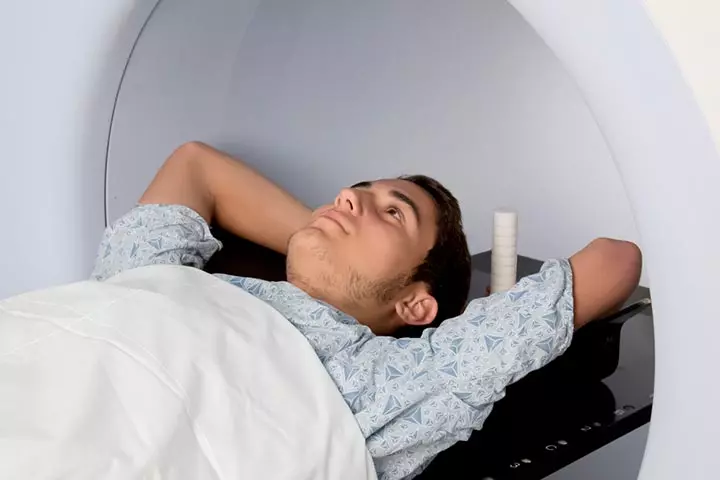
- Functional MRI (fMRI) measures blood flow to evaluate the functions of parts of the brain.
- Positron emission tomography (PET) helps identify tumors and other areas of abnormalities based on the presence of radioactive material injected during the procedure.
- Single-photon emission computerized tomography (SPECT) uses radioactive material to identify blood flow in the brain and create a 3D substantial image of the brain for detailed analysis.
Neuropsychological assessment of thinking abilities, memory, speech skills, etc., is performed to determine the affected area of the brain. Sometimes, doctors may use a combination of methods to identify the affected area.
- Statistical parametric mapping (SPM) compares areas with increased metabolism during a seizure to a healthy brain.
- Curry analysis uses EEG data with MRI imaging.
- Magnetoencephalography (MEG) measures the magnetic fields during brain activity.
Prognosis of the condition can be well understood after a detailed analysis. Diagnosis of type and location of seizures is also essential for choosing effective treatment methods.
 Point to consider
Point to considerTreatment For Seizure In Teens
Anti-seizure or antiepileptic drugs is the first-line treatment given for a teen with seizures. If epileptic seizures are not controlled by medication, other procedures or surgery are recommended depending on the frequency and severity of seizures (7).
Single-dose medication can stop a seizure in some teens, whereas others may require a combination of drugs. Seizure management usually begins with low doses and an increase in dosage is done if needed. The World Health Organisation (WHO) states that with the administration of the right anti-seizure drugs, epileptic seizures can be controlled in about 70% of people.
Many teens may become seizure-free after medications; you may discuss with your teen’s doctor for the duration of treatment. If an epileptic seizure is not controlled by medication, other procedures are recommended depending on the frequency and severity of seizures (7).
 Research finds
Research findsThe following treatment options are considered in severe cases of epilepsy (7).
- Epilepsy surgery: It is the removal of part of the brain with abnormal electrical activity. Surgeries are useful for focal (partial) seizures that do not affect brain areas that control vital functions.
- Vagus nerve stimulation: It is a method of delivering electrical impulses to the brain through a device (vagus nerve stimulator) placed under the skin in the chest area.
- Ketogenic diet may help reduce the risk of seizures in some teens.
- Deep brain stimulation: It is a method of electrically stimulating the brain with electrodes implanted into the brain.
Following a ketogenic diet has proven beneficial in children who have drug-resistant epilepsy. A descriptive observational study on pediatric patients highlighted that the incidence of seizures reduced significantly in children on a ketogenic diet.
As the graph depicts, children on a ketogenic diet for three, six, twelve, and twenty-four months showed over 90% reduction in seizure frequency. Also, the nutritional status of the children on an extended period of the ketogenic diet wasn’t generally affected.

Evolution of seizures in children based on the duration of the ketogenic diet
Source: Safety and Effectiveness of the Prolonged Treatment of Children with a Ketogenic Diet; NutrientsHow To Prevent Seizures In Teens?
About 25% of seizure cases can be prevented. The steps for seizure prevention may include the following (8).
- Post-traumatic epilepsy can be prevented by reducing the risk of head injuries in teens by using safety equipment for sports, following road traffic rules, etc.
- Observing health precautions could reduce the risk of central nervous system infections. Prenatal care may reduce birth-related brain damage. Eating healthy and exercising may minimize the risk of strokes in teenagers.
- Reducing the risk of central nervous system infections
- Treating fever on time may prevent febrile seizures.
Preventing seizures may not be possible in certain cases. However, the below-listed tips may help your teen to have better control of seizures (9).
- Take medications as prescribed.

- Get good sleep since lack of sleep may trigger seizures.
- Do regular exercises as per doctor’s recommendations.
- Eat healthy food.
- Avoid stress.
- Avoid exposure to secondhand cigarette smoke.
 Quick tip
Quick tipNot taking medication as prescribed and stopping medication without medical supervision are significant causes of seizure complications. Therefore, consult a doctor for any doubts about medication. You may discuss with your teen’s healthcare provider to know more about the seizure triggers in your teen. The American Academy of Pediatrics (AAP) recommends that parents help their teen manage seizures and transition to adult healthcare by keeping track of their medication schedule, refilling prescriptions on time, scheduling follow-ups promptly, and staying in touch with the doctor about their condition (19).
Frequently Asked Questions
1. Is epilepsy a communicable disease?
Epilepsy is a chronic non-communicable disease, which means it does not spread from one person to another (8). It is a brain disorder caused by abnormal discharge of nerve impulses. Social stigma and discrimination towards people with epilepsy and their families possibly stem from the misunderstanding that it is a contagious disease or due to misbeliefs associated with supernatural or superstitious reasons in some communities. However, epilepsy is a brain disorder that can be controlled or cured with appropriate treatments.
2. Can teenagers grow out of epilepsy?
Two-thirds of children may outgrow epilepsy during their teen years with proper treatment and follow-up (10). While most get well during their teen years, some teens may require a longer duration of treatment.
Seizures may stop after long-term treatment, and you may follow the doctor’s recommendation to stop treatment gradually to prevent a recurrence. You may also visit doctors on follow up for evaluation of effectiveness and side effects of medications.
3. Can medical marijuana help epilepsy?
Medications derived from cannabis plants are called medical marijuana. A chemical derived from the cannabis plant, cannabidiol (CBD), is used to treat severe forms of epilepsy associated with a couple of rare disorders.
The anti-epileptic drug named Epidiolex is the first FDA-approved cannabidiol for treating seizures due to Lennox-Gastaut syndrome and Dravet syndrome in patients older than two years (11).
Note: Medical marijuana (cannabidiol) does not cause euphoria or intoxication, as marijuana (cannabis) does. Cannabidiol-based medicines should only be used as per doctor’s prescription.
4. Can a ketogenic diet help teens with epilepsy?
Some children have a reduction of seizures by following a strict ketogenic diet. It is a high fat, low carbohydrate diet where the body breaks down fats instead of carbohydrates for energy. The exact mechanism of epilepsy reduction in a keto diet is not yet understood. It could be due to changes in neuronal metabolism and excitability (12).
Keto diet should be followed under the supervision of an expert to prevent side effects such as:
- Dehydration
- Constipation
- Nutritional deficiencies or malnutritioniA condition caused by a lack of proper nutrients in the diet
- Kidney stones
5. Can epilepsy be triggered by puberty?
Puberty is a time when the body undergoes several changes. It does not cause epilepsy, but it does aggravate certain syndromes (13).
6. Should a teen with epilepsy avoid any activity?
Most teens with epilepsy can participate in regular sports and physical activities. However, taking necessary precautions and having supervision is advisable for medium- to high-intensity activities like contact sports, horseback riding, water sports, and gymnastics. Consulting a healthcare provider helps assess risks and identify safe activities based on the teen’s health condition (20).
Epilepsy and seizures in teens are brain disorders that can be treated with appropriate guidance and treatment. Epilepsy or seizures can affect a teenager’s physical, social, and emotional well-being. During such times, the support of parents for teens with epilepsy is essential to prevent social stigma. It makes them feel more confident and encourages them to follow long-term treatment. You may also need help from epilepsy support groups to overcome issues or taboos around having a disorder. Lastly, creating epilepsy and seizure awareness among friends and family can help avoid adverse reactions due to a lack of knowledge.
Infographic: How To Make Your Home Safer For Teens With Seizures?
Teens with epilepsy may experience seizure episodes while at home. Hence, it is important to make your home more favorable for them to avoid accidental injuries. Go through the following infographic to understand some simple changes you can make to ensure your house is safe for your teen. Illustration: Momjunction Design Team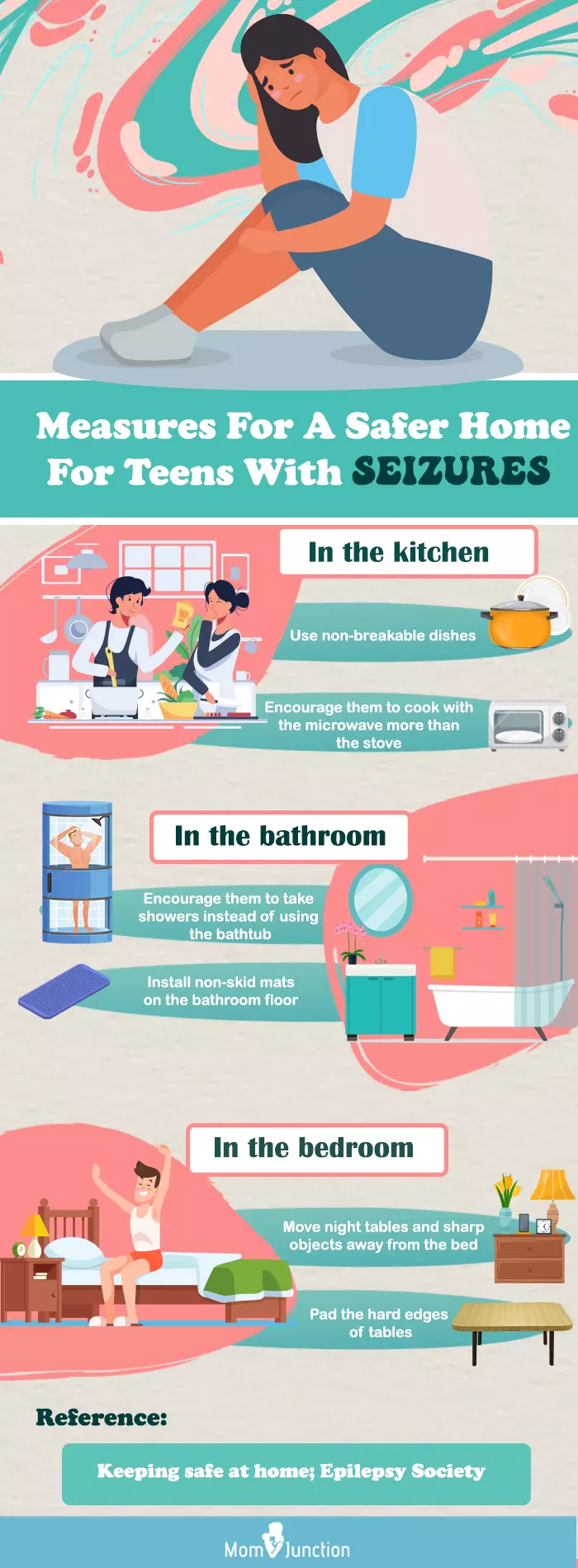
Illustration: Seizures In Teens: Causes Symptoms Types And Treatment

Image: Dall·E/MomJunction Design Team
Discover about seizures from a pediatric neurologist. Understand the causes, symptoms, and treatments for seizures from this informative video.
Personal Experience: Source
MomJunction articles include first-hand experiences to provide you with better insights through real-life narratives. Here are the sources of personal accounts referenced in this article.
i. My Everest: how I conquered epilepsy;https://paul-airy.medium.com/my-everest-how-i-conquered-epilepsy-92f41af65fbf
References
1. The 2014 Definition of Epilepsy: A perspective for patients and caregivers; The International League Against Epilepsy
2. Epilepsy; Frequently Asked Questions About Epilepsy; The Centers for Disease Control and Prevention
3. Seizures; MedlinePlus; The United States National Library of Medicine
4. Types of Seizures; Johns Hopkins Medicine
5. Seizure Safety; Nationwide Children’s Hospital
6. Diagnosing Seizures and Epilepsy; Johns Hopkins Medicine
7. Epilepsy; Treatment; National Health Service
8. Epilepsy; The World Health Organization
9. Living with Epilepsy; National Health Service
10. Epilepsy in Children: Diagnosis & Treatment; The American Academy of Pediatrics
11. FDA Approves First Drug Comprised of an Active Ingredient Derived from Marijuana to Treat Rare, Severe Forms of Epilepsy; The U.S Food and Drug Administration
12. Isabella D’Andrea Meira, et al.; Ketogenic Diet and Epilepsy: What We Know So Far; The United States National Library of Medicine
13. Puberty; The Epilepsy Foundation
14. Seizures in Children and Adolescents Aged 6–17 Years — United States, 2010–2014; Morbidity and Mortality Weekly Report (MMWR); Centers for Disease Control and Prevention
15. Epilepsy and Seizures; National Institutes of Health (NIH)
16. Helping your child cope with epilepsy; The Hospital for Sick Children.
17. First Aid for Seizures; The Centers for Disease Control and Prevention
18. Jon Soo Kim et al., Adolescent-Onset Epilepsy: Clinical Features and Predictive Factors for First-Year Seizure Freedom; The United States National Library of Medicine
19. How to Support a Child or Teen with Epilepsy; The American Academy of Pediatrics
20. Childhood Epilepsy: Activities, Safety, and First Aid; The General Hospital Corporation.
Community Experiences
Join the conversation and become a part of our nurturing community! Share your stories, experiences, and insights to connect with fellow parents.
Read full bio of Katherine Paxton
Read full bio of Dr Bisny T. Joseph
Read full bio of Swati Patwal
Read full bio of Anindita Ghatak





